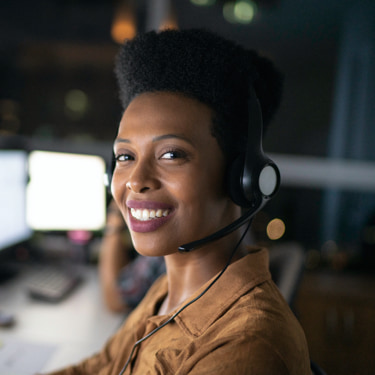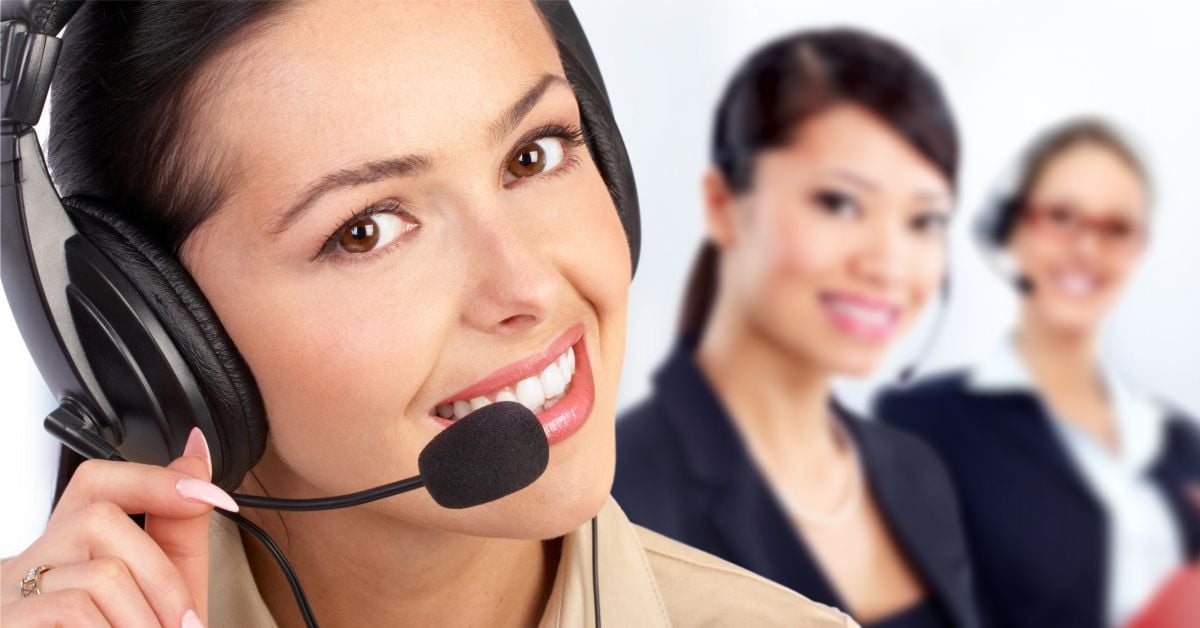All Categories
Featured
Table of Contents
- – How Much Should I Pay For Telephone Answering S...
- – What Is The Best Answering Services Available
- – What Is The Best How Outsourced Phone Answerin...
- – A Best Phone Answering Services - Ruby Recept...
- – Best Call Answering Service For Small Busines...
- – What Is The Best Telephone Answering Service...
How Much Should I Pay For Telephone Answering Service Melbourne Cbd Australia?
This gadget and its successors were developed by Sava Jacobson, an electrical engineer with a personal consulting organization. While early voice mail utilized magnetic tape technology, most contemporary devices uses solid state memory storage; some gadgets use a combination of both, with a solid-state circuit for the outbound message and a cassette for the inbound messages.
"toll saving" listed below) (business call answering service). This is beneficial if the owner is screening calls and does not want to consult with all callers. In any case after going, the calling party needs to be informed about the call having been addressed (for the most part this begins the charging), either by some remark of the operator, or by some greeting message of the little bit, or dealt with to non-human callers (e.
This holds particularly for the TADs with digitally kept welcoming messages or for earlier makers (prior to the rise of microcassettes) with an unique endless loop tape, separate from a 2nd cassette, committed to recording. There have been answer-only gadgets without any recording capabilities, where the welcoming message needed to inform callers of a state of current unattainability, or e (virtual telephone answering service).
What Is The Best Answering Services Available

about availability hours. In tape-recording Littles the welcoming normally includes an invite to leave a message "after the beep". An answering machine that utilizes a microcassette to tape messages On a dual-cassette answerphone, there is an outgoing cassette, which after the defined number of rings plays a pre-recorded message to the caller.

Single-cassette voice mail contain the outbound message at the beginning of the tape and inbound messages on the remaining space. They first play the announcement, then fast-forward to the next offered area for recording, then record the caller's message. If there are many previous messages, fast-forwarding through them can trigger a significant hold-up.
This beep is typically referred to in the welcoming message, asking for that the caller leave a message "after the beep". TADs with digital storage for the recorded messages do not show this delay, obviously. A little may offer a push-button control center, whereby the answerphone owner can call the house number and, by going into a code on the remote telephone's keypad, can listen to recorded messages, or erase them, even when far from house.
What Is The Best How Outsourced Phone Answering Service Can Help Your ...

Thereby the maker increases the variety of rings after which it answers the call (generally by 2, resulting in 4 rings), if no unread messages are presently stored, however answers after the set number of rings (generally two) if there are unread messages. This enables the owner to find out whether there are messages waiting; if there are none, the owner can hang up the phone on the, e.
Some machines likewise allow themselves to be from another location activated, if they have actually been changed off, by calling and letting the phone ring a specific big number of times (normally 10-15). Some service companies abandon calls already after a smaller number of rings, making remote activation difficult. In the early days of Little bits an unique transmitter for DTMF tones (dual-tone multi-frequency signalling) was regionally required for push-button control, because the formerly utilized pulse dialling is not apt to communicate suitable signalling along an active connection, and the dual-tone multi-frequency signalling was executed step-by-step.
Any incoming call is not identifiable with respect to these properties in advance of going "off hook" by the terminal equipment. So after going off hook the calls should be switched to appropriate devices and only the voice-type is right away available to a human, but perhaps, however need to be routed to a TAD (e.
A Best Phone Answering Services - Ruby Receptionist Services
What if I informed you that you do not have to in fact get your device when addressing a client call? Another person will. So hassle-free, right? Addressing phone calls doesn't need someone to be on the other end of the line. Efficient automated phone systems can do the trick simply as effectively as a live agent and often even much better.
An automated answering service or interactive voice action system is a phone system that interacts with callers without a live person on the line - telephone answering service. When companies use this innovation, clients can get the response to a question about your company simply by utilizing interactions set up on a pre-programmed call flow.
Although live operators upgrade the client service experience, numerous calls do not need human interaction. An easy recorded message or directions on how a customer can retrieve a piece of information normally fixes a caller's immediate need - answering service. Automated answering services are a simple and efficient method to direct incoming calls to the ideal person.
Best Call Answering Service For Small Business In Brisbane Dealer Near Me
Notice that when you call a business, either for assistance or item query, the very first thing you will hear is a pre-recorded voice greeting and a series of alternatives like press 1 for client service, press 2 for queries, and so on. The pre-recorded choices branch off to other options depending upon the client's selection.
The phone tree system helps direct callers to the ideal individual or department using the keypad on a cellphone. In some instances, callers can use their voices. It deserves noting that auto-attendant options aren't limited to the 10 numbers on a phone's keypad. When the caller has selected their first choice, you can create a multi-level auto-attendant that uses sub-menus to direct the caller to the ideal kind of support.
The caller does not have to communicate with an individual if the auto-attendant phone system can handle their concern. The automated service can path callers to an employee if they reach a "dead end" and need assistance from a live agent. It is pricey to hire an operator or executive assistant.
What Is The Best Telephone Answering Service Melbourne Cbd Australia To Buy In 2023?
Automated answering services, on the other hand, are substantially less pricey and provide substantial expense savings at approximately $200-$420/month. Even if you don't have devoted personnel to handle call routing and management, an automatic answering service enhances performance by enabling your group to concentrate on their strengths so they can more effectively spend their time on the phone.
A sales lead routed to customer support is a lost shot. If a consumer who has item questions reaches the wrong department or gets insufficient responses from well-meaning workers who are less trained to manage a particular type of concern, it can be a reason for frustration and discontentment. An automated answering system can reduce the number of misrouted calls, thereby assisting your staff members make better usage of their phone time while maximizing time in their calendar for other tasks.
With Automated Answering Systems, you can produce a personalized experience for both your personnel and your callers. Make a recording of your primary greeting, and just upgrade it frequently to show what is going on in your company. You can create as numerous departments or menu choices as you desire.
Table of Contents
- – How Much Should I Pay For Telephone Answering S...
- – What Is The Best Answering Services Available
- – What Is The Best How Outsourced Phone Answerin...
- – A Best Phone Answering Services - Ruby Recept...
- – Best Call Answering Service For Small Busines...
- – What Is The Best Telephone Answering Service...
Latest Posts
Detailed Virtual Assistant Phone Answering ( VIC)
Premium Answering Service Pricing ( Joondalup)
Detailed Hospitality Answering Service
More
Latest Posts
Detailed Virtual Assistant Phone Answering ( VIC)
Premium Answering Service Pricing ( Joondalup)
Detailed Hospitality Answering Service